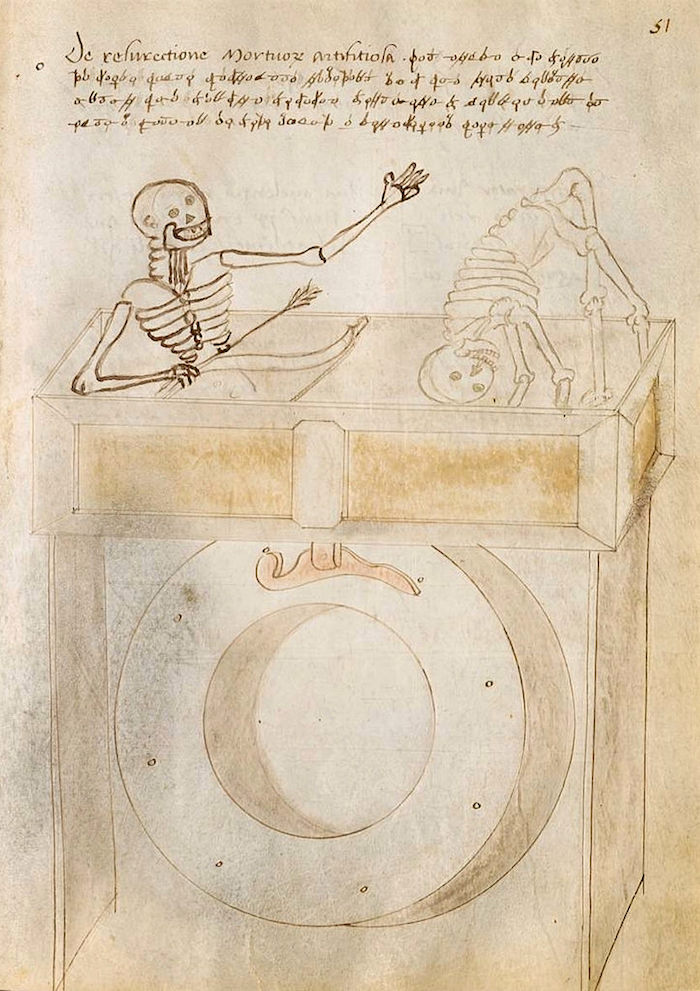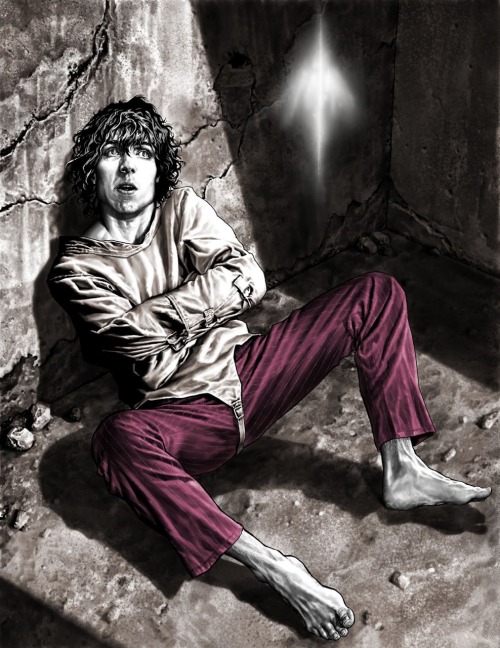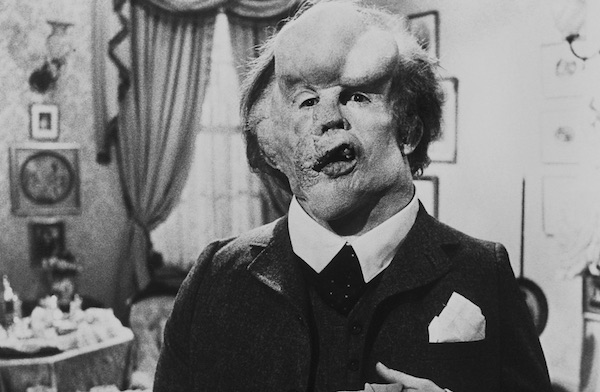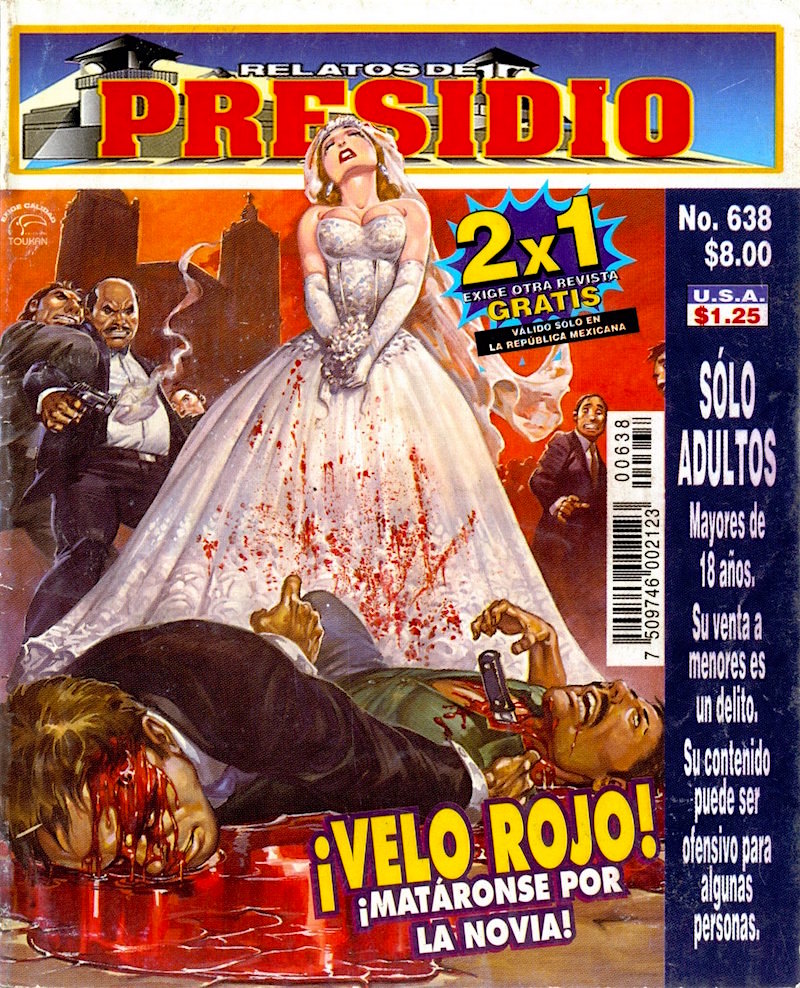
The Devil and all his internal works.
There’s an episode of South Park where Stan, Kyle, Cartman, and Kenny try out different routines only to find “The Simpson’s Already Did It.” Looking at the illustrations of technological inventions by fifteenth-century Venetian physician, engineer, and alleged “magus,” Johannes de Fontana, (ca. 1395-1455), aka Giovanni Fontana, it’s more than apparent that whatever invention we think is new someone (probably not The Simpsons...) has already imagined it.
In his technological or mechanical treatise, Bellicorum instrumentorum liber cum figuris (ca. 1420), Fontana imagined or rather devised a whole series of machines for use in war, traveling, entertaining children, flying, robots, rocket-powered craft, timepieces, fountains, and even a means of projecting images like a magic lantern. Unlike most other inventors at this time, Fontana showed the workings of his inventions—the pulleys and weights (sand, water) by which his mechanical devices worked. Most inventors illustrated their proposals “in action” as if functioning in real time, therefore, keeping internal mechanisms of cogs and wheels and what-have-yous hidden, thus to ensure they might be paid for developing such contraptions. Fontana presented his work with see-thru interiors, allowing the viewer to witness or rather imagine just exactly how this devil could fly or that vehicle move. This all well-and-good until one realizes many of these wonderful designs are utterly unworkable as they “do not conform to the principles of mechanics.”
Many of the ideas contained in Bellicorum instrumentorum liber cum figuris focus on weapons of war like exploding missiles, mechanical battering rams and alike. However, Fontana did also include a number of designs for children’s toys and several drawings that scorched myths about the supernatural and the occult by explaining how devils and witches were most probably just robotic automata used to terrorize his fellow citizens.
A copy of Johannes de Fontana’s Bellicorum instrumentorum liber cum figuris can be viewed here.

A mechanical toy.

More toy/entertainment for kids.

A robot witch showing how it would move on rails, have wings that flapped and arms that moved, and an ability to blow fire or air.
More mechanical illustrations, after the jump…

































